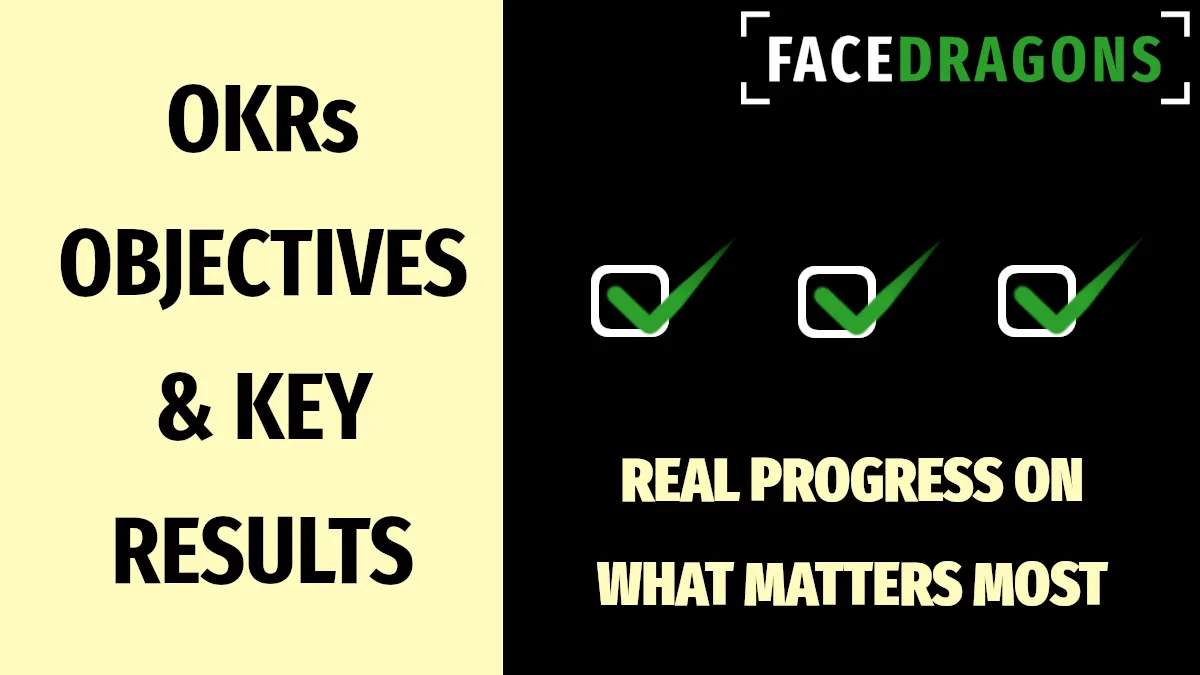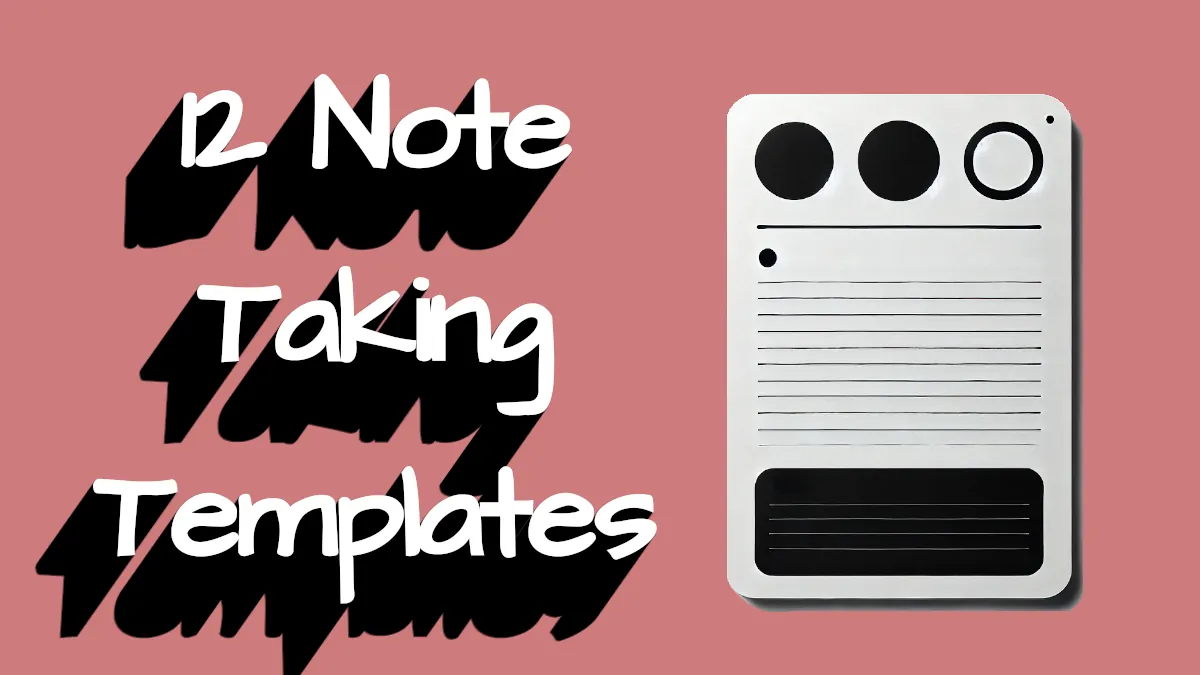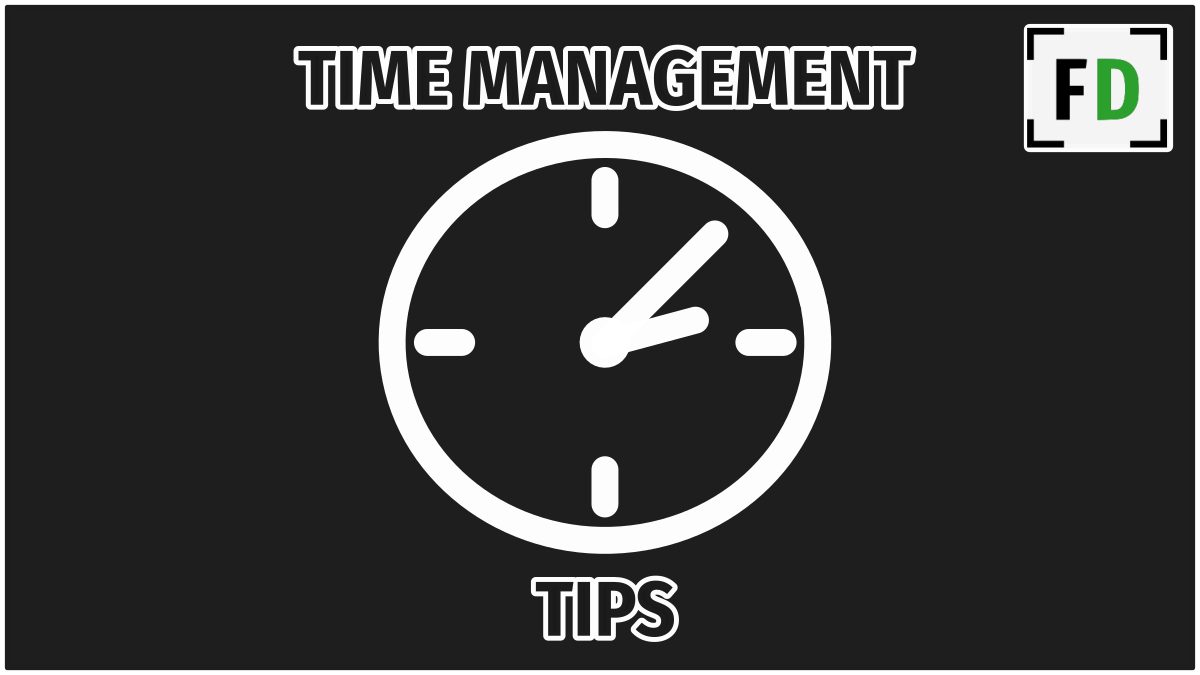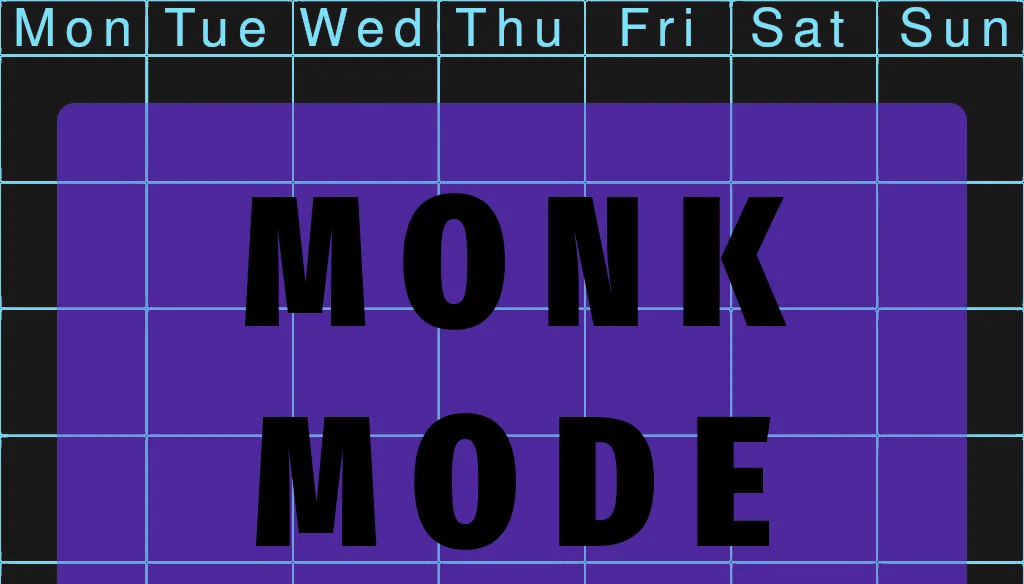I often have days where I am busy non stop, but regardless of how much I have to do I never stop collecting. This means that my inbox can get long. If you’re anything like me it might leave you wondering how often you should process your inbox on GTD. Read This Post on Processing if you’re still unsure of how to process.

Aim to process your inbox down to zero at least once a day. Whether or not you should process more than once a day will depend on how much you have collected. Processing daily means that your tasks are never left undecided for more than 24 hours.
Making the best use of processing is more than just doing it everyday (although it’s a great start.) Staying consistent and planning when you will process will really help you up your GTD game!
How Often Should I Process the Inbox?
Processing the inbox everyday is a good idea to stop tasks that may have short deadlines or that are urgent being missed. However this is not a hard rule that you must follow in order to succeed on GTD, in fact it depends on how much is in your inbox.
A better answer to the question “how often do I need to process my inbox?” is – you need to process it as often as you need to process it. If you have a day where you only capture 5 things, you will most likely be fine to wait till the next morning to process them at the breakfast table.
On the other hand if it’s mid-morning and you already have 50 things in your inbox you might not be able to wait till the end of the day to start processing.
How urgent are you tasks?
I rarely have any tasks that come at me and need to be completed on the same day. In fact even the most urgent tasks I get usually don’t need to be completed for a few days. Because of this I only process once a day, though I can get away with not processing for a day or two if needed. Can you?
If you have a constant stream of urgent tasks for work or life, you might need to consider processing in more often.
When is the Best Time to Process the Inbox?
If you are sold on the idea of processing your in box once a day the next common question is when is the ideal time to do process in.
The most obvious times to process in are first thing in the morning or later on in the evening.
Processing your inbox in the morning will give you a empty inbox first thing and the peace of mind that everything that you could do that day is already on your action lists.
The benefit of processing in the evening, perhaps at the end of a work day is that it will stop you taking your work home. Clearing the deck at the end of the day let’s you go home to your family with nothing weighing down on your mind.
If you do find yourself needing to process multiple times a day, here are some other options:
- Early Morning
- Before or After Lunch
- At the end of the workday
- Last thing before bed
- Before you start an important task (this will minimize distractions)
Try these out and see which works best for you. Ultimately whether you process in first or last thing in the day the most important thing is that you stay consistent.
How to Stay Consistent at Processing the Inbox
If you find yourself unable to make a habit of processing your inbox, these tips will help.
Set an expectation
Put an expectation on yourself that you will process everyday, regardless of when. If it gets to the end of the day and you still haven’t done it, don’t allow yourself to sleep till it’s done. After a few days it wont seem such an effort to do and you can stop the midnight processing frenzy!
Set a time to process
Set an exact time that you will process everyday. Make sure it’s a time you know you wont have any other responsibilities. If you’re an early riser this could be 6.00am, before anyone else is awake. If your an owl then maybe 11.00pm or another time when everyone in the house is already asleep.
It’s easy to tell yourself you’ll do it later if you don’t have a set time to process your inbox but if you give yourself an exact timethere’s one less excuse to skip it.
Habit Stacking

Connect it to a habit you have that is already fully established. This is called habit stacking. If you have a habit of reading, working out or just a cup of coffee, connect processing your inbox to it. Tell yourself you can’t workout or read until your inbox is at zero. If you know you’ll workout or read everyday, you now know you’ll be able to process your inbox too!
How long should it take me to process in each day?
Aim to spend no more than 30 minutes processing your inbox each day
If you consistently spend an hour or more processing your inbox everyday, you’re probably spend too much time on it. You may suffering from one of the following problems
Capturing too much – if you capture too much, you will have an overwhelmingly long inbox to process. David Allen said “If in doubt write it down” but you still need to use some common sense. Writing something down and putting it in your inbox when you know you will only remove/delete it later is just a waste of time.
Spending too long deciding – Processing really just boils down to deciding the action and putting it on a list. If you’re spending 5 minutes processing each item, a list of 20 things will take you nearly two hours! Ask yourself “should I do it?” If it’s not a definite “yes!” Then it doesn’t go on an action list. Trash it or put it on the someday maybe list.
After some time on GTD you will figure out the types of things that are worth capturing because they are the types of things that actually end up getting done. Until then, try to be decisive.
How to Process In more efficiently
- Delete First – Scan through your list and delete anything that either isn’t actionable or you no longer want to do.
- Be ready to add projects – You need to have quick access to your projects list while processing so you can add new projects to it.
- Use the same software for in and your action lists – Using the same software makes it much faster to move a clarified task from ‘in’ to an action list. I recommend Simpletask
- Batch Clarify – Clarify your tasks first, asking “What is the desired outcome?” and “what is the next action?”
- Batch add your tasks – Once clarified add your new tasks to a context all at the same time.











I started GTD 4 months ago. I consistently capture around 100 items daily. I can probably count the days I reached inbox zero with my fingers. My in list stands at 3200 items right now. I have 4000 more items in a backlog to process once I get the habit of processing to zero daily— so I’m really a hunting for a solution.
About this:
> Delete First – Scan through your list and delete anything that either isn’t actionable or you no longer want to do.
> Batch Clarify – Clarify your tasks first, asking “What is the desired outcome?” and “what is the next action?”
> Batch add your tasks – Once clarified add your new tasks to a context all at the same time.
Wouldn’t it be inefficient to do these separate lyas you’re scrolling & reading the same item 3-4 times?
Hi Neal,
Starting GTD is a challenge and getting to a point where it is working for you and maintainable takes some adjustment. Here are some thoughts after reading your comment that hopefully help you out:
1. You’re likely over-capturing. At first, it’s fine to capture everything and sort it out later, but you need to get a feel for whether something should be captured or not. An idea you hear might sound cool, but if you know deep down, you’re only going to delete it later, save yourself the trouble and don’t capture it.
2. Process as often as possible; David Allen recommends you set aside an hour per day (this is for processing and doing 2-minute tasks.) Even if you continue to capture 100 items per day, you should be able to process it with an hour per day.
3. Deleting items first will reduce what Allen calls numbness from “a list containing things with different meanings” He’s talking about action lists, but the same applies here, especially if you’ve been avoiding processing. Deleting stuff also doesn’t take much brain power, so you can do it when you’re no good for doing important things like at the end of the day. If you do a pass over your list and delete everything that you don’t care about. Everything left is the same; it needs to be processed and put on an action list/Someday Maybe/Reference. Now you can just start at the top and process them one by one.
How to do this efficiently will depend on your setup. If you’re using an app, there may not be any shortcuts. But if you’re using plain text files, todo.txt, or something like Obsidian, you can use lots of command line tools to help you process your items.
With 7000 plus items in your inbox, I would just start a new inbox, add the most important few items and leave the rest. If they really are that important, your mind will bring them back up.
I use grep, awk, and uniq for processing my lists. But you might even be able to use tools like find and replace in MS word to help you.
Hope this helps and good luck!